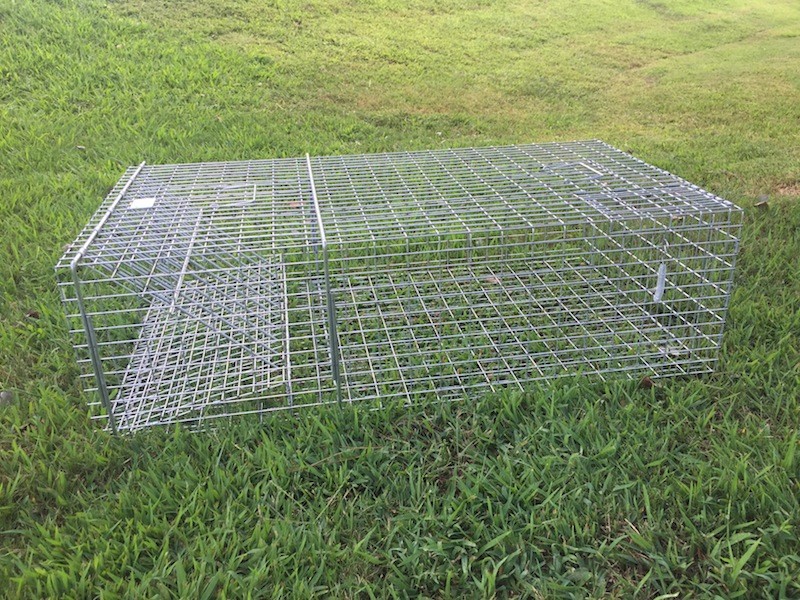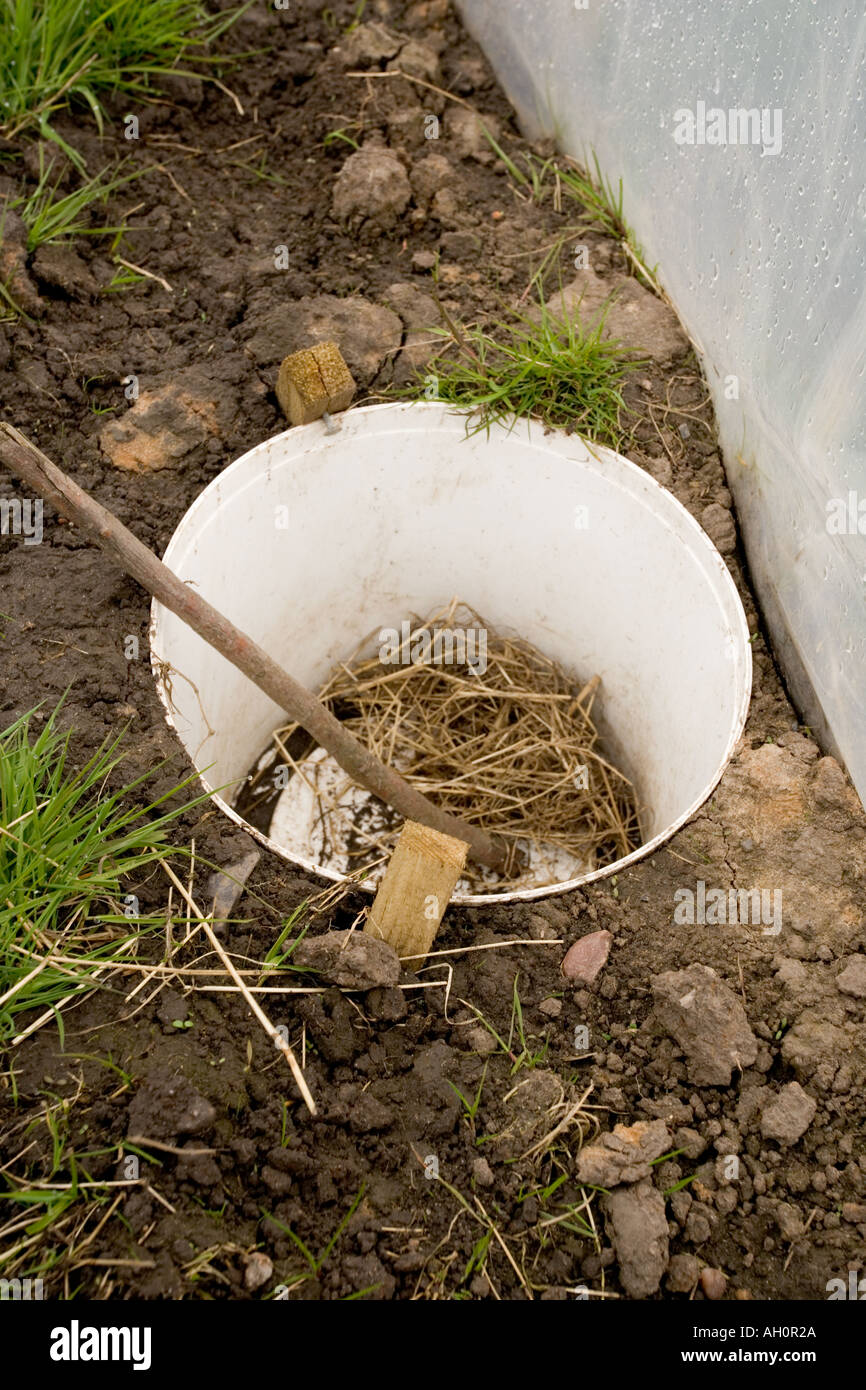

Furthermore, it seems that in this area, the large pine weevil could run its life cycle only in a year. These young weevils are sensitive to other stimulus and it is may be, only by chance, that they are found in this trap type. So, it is quite understandable that very few young weevils, that are going to overwinter without reproduction, can be found in these traps. Therefore, it lures weevils in the reproductive period. This trap design attracts weevils in the same way as fresh stumps do. They are composed of eggs laying females. The catches in age plots X are higher and later. Some females have laid eggs in 1990, and the main part had not laid eggs yet. Trapped females on age plots X + 1 old, also belong to two different physiological aged populations. The catches mainly took place early in the growing season. All these females were mostly caught in traps along the plot edge. Females which have not yet laid eggs, were also caught. The majority have already laid their eggs in the previous year. Trapped females on age plots X + 2 old (see text), overwintered at this place. Results show that as females as males are caught in this trap design. The physiological age of caught adults was estimated by ovaries development of dissected females. These young adults lay eggs during the spring of the third growth season, while they feed and damage seedlings again. The adults of the new generation emerge from the ground during the summer of the second growth season following the cutting, then overwinter after maturation feeding (and eventually inflict damage on seedlings). It was assumed that, in the studied area, in spring females lay eggs into the roots of pine stumps that have been cut the previous winter. This study was conducted on old pine stand plots, where the exploitation have been realized during winter either in 1988/89, 1989/90 or in 1990/91. The authors conclude that the new pitfall trap design is more effective because it is much taller than the interceptor trap, which makes it more difficult for bed bugs to escape, and that the effectiveness can be further enhanced by adding attractants such as carbon dioxide, chemical lures, or heat.In 1991, a study was carried out in the Orleans State Forest, to ascertain that adults population of Large Pine Weevil caught in pitfall traps, dug into the soil and baited with ethanol and alpha-pinen, could constitute a suitable sampling of the main population prevailing in the field. However, there were no significant differences between traps baited with CO2 derived from cylinders and CO2 derived from sugar and yeast, which is cheaper to produce. Traps baited with carbon dioxide also caught higher numbers of bed bugs, and higher rates of released CO2 were more effective than low rates. Traps with the experimental lure caught 2.2 times as many bedbugs as unbaited traps.

The new pitfall trap design caught significantly more (2.8-fold) bed bugs than the Climbup insect interceptor trap, which the authors name as the most effective monitor currently available on the market. Various sources and levels of carbon dioxde were also tested as attractants. The lure mixture consisted of nonanal, 1-octen-3-ol, spearmint oil, and coriander Egyptian oil. The new pitfall trap design was made with an inverted plastic dog bowl and the outer wall of the trap was covered with a layer of paper surgical tape which was dyed black. The three authors from the Rutgers University Department of Entomology, Narinderpal Singh, Changlu Wang, and Richard Cooper, report their findings in "Effect of Trap Design, Chemical Lure, Carbon Dioxide Release Rate, and Source of Carbon Dioxide on Efficacy of Bed Bug Monitors." Their findings suggest that an effective and affordable bed bug monitor can be made incorporating the new pitfall trap design, a chemical lure, and a sugar-and-yeast mixture to produce carbon dioxide, which is also known to attract bedbugs. The authors also found that traps baited with an experimental chemical lure mixture caught 2.2 times as many bed bugs as traps without the lure. view moreĪ new pitfall trap designed to capture bed bugs is more effective than those currently on the market, according to the authors of an article appearing in the next issue of the Journal of Economic Entomology. Image: This image shows the experimental set up for determining the efficacy of a new pitfall trap design in a laboratory test.


 0 kommentar(er)
0 kommentar(er)
